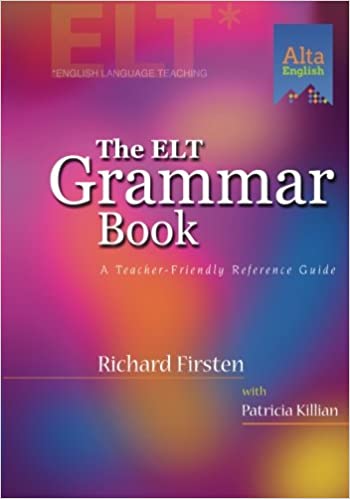In grammar lessons, you’ve probably heard the terms “verb participle” and “verb tense.” You won’t often use these terms in everyday English conversation, and you probably won’t need to use terms like these on the TOEFL either.
But understanding the difference between verb tense and participle will definitely help you comprehend complex English sentences in TOEFL Reading. And mastering these two grammar concepts will boost your TOEFL Writing and Speaking skills too.
The term “participle” refers to a root verb that has its form changed, either by adding –ing to the end of the verb, or by changing the verb to the same form it would have in past tense. (This involves adding –ed to the end of the verb, unless the verb is irregular.) A participle that has the same form as a past tense verb is called a past participle. A participle verb that ends in –ing is called a present participle.
But a participle isn’t the only grammatical function that change a verb’s form in this way. These verb forms you see in participle verbs can also occur in tensed verbs. A verb tense indicates when the action is taking place—in the past, present or future.
A verb participle does not indicate the time frame of an action. In fact, participle verbs don’t focus on action at all. When a verb is put in its participle form, it actually functions as an adjective that describes a noun. A present participle verb with -ing describes a noun by characterizing the kind of thing that it does.
For instance, in the phrase “a racing horse,” the participle verb racing acts as an adjective, characterizing the noun horse as a horse that races. And again, you can use this participle to refer to any time frame. You can say you had a racing horse in the past, or that you have a racing horse right now, or that you plan to buy a racing horse in the future.
If you use a past participle verb, then the verb acts as an adjective to describe a noun in terms of how that noun is treated or what is done to the noun. Thus, “a raced horse” describes a horse that is raced against by other things. If you tell someone your horse is a raced horse, people will immediately understand that other things—probably other horses—race against your horse in competitions. To give an example with an irregular verb, someone who lost their job would say that they were a paid worker in the past, a currently employed person could say they are a paid worker right now, and a person who plans on getting a job can say they’ll be a paid worker in the future.
The ability to use verb tense and verb participle together in writing and speech shows great fluency in English. This kind of fluent verb form use can help you get a top score on the TOEFL. Understanding the difference between adjectival participle verbs and tensed verbs also makes it easier to understand reading passages and speech that use both types of verb form. And as an added bonus, mastery of these two forms helps a lot with sentence correction exercises in other English language standardized tests such as the ACT, SAT, GRE, and GMAT.





